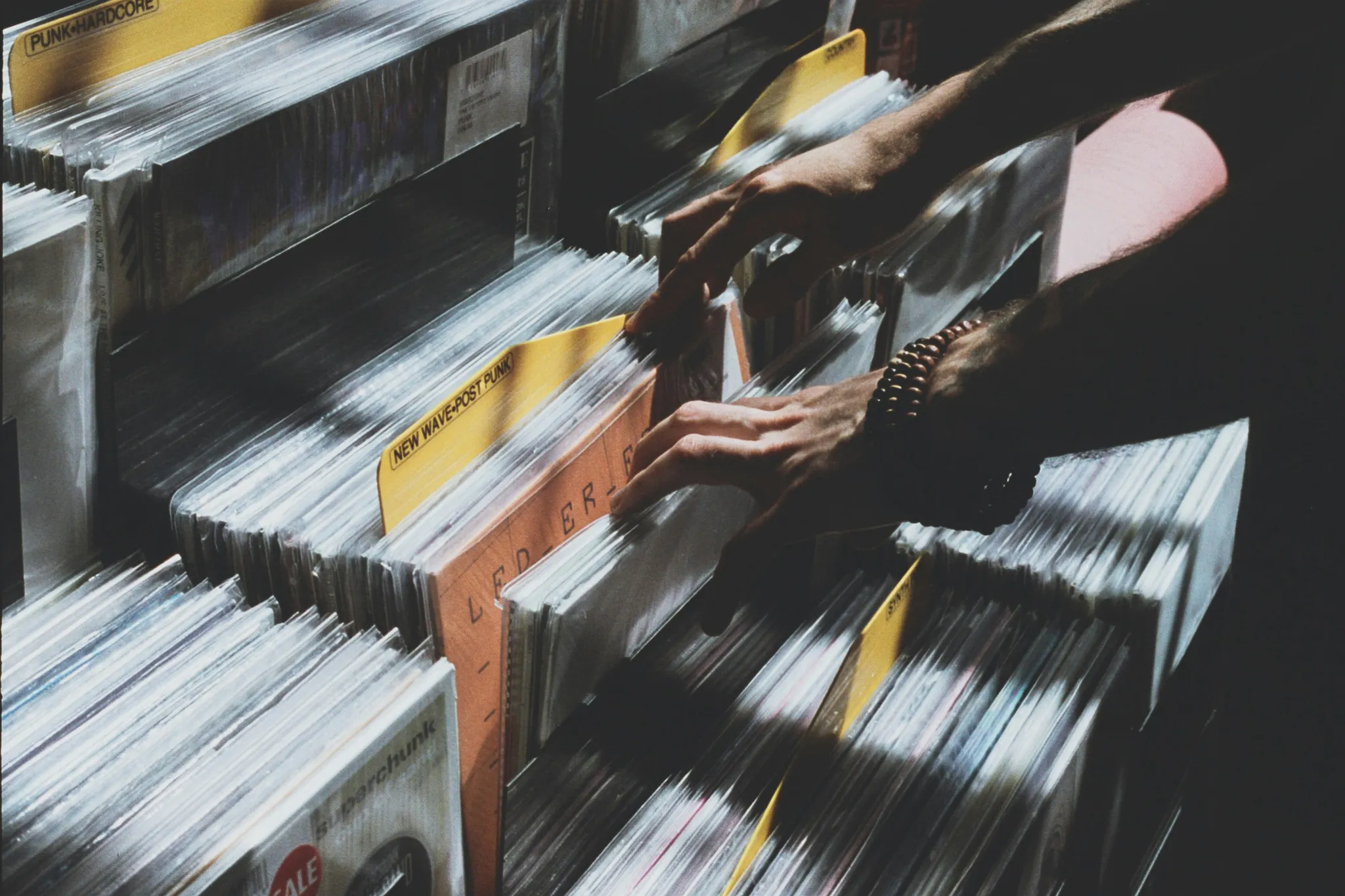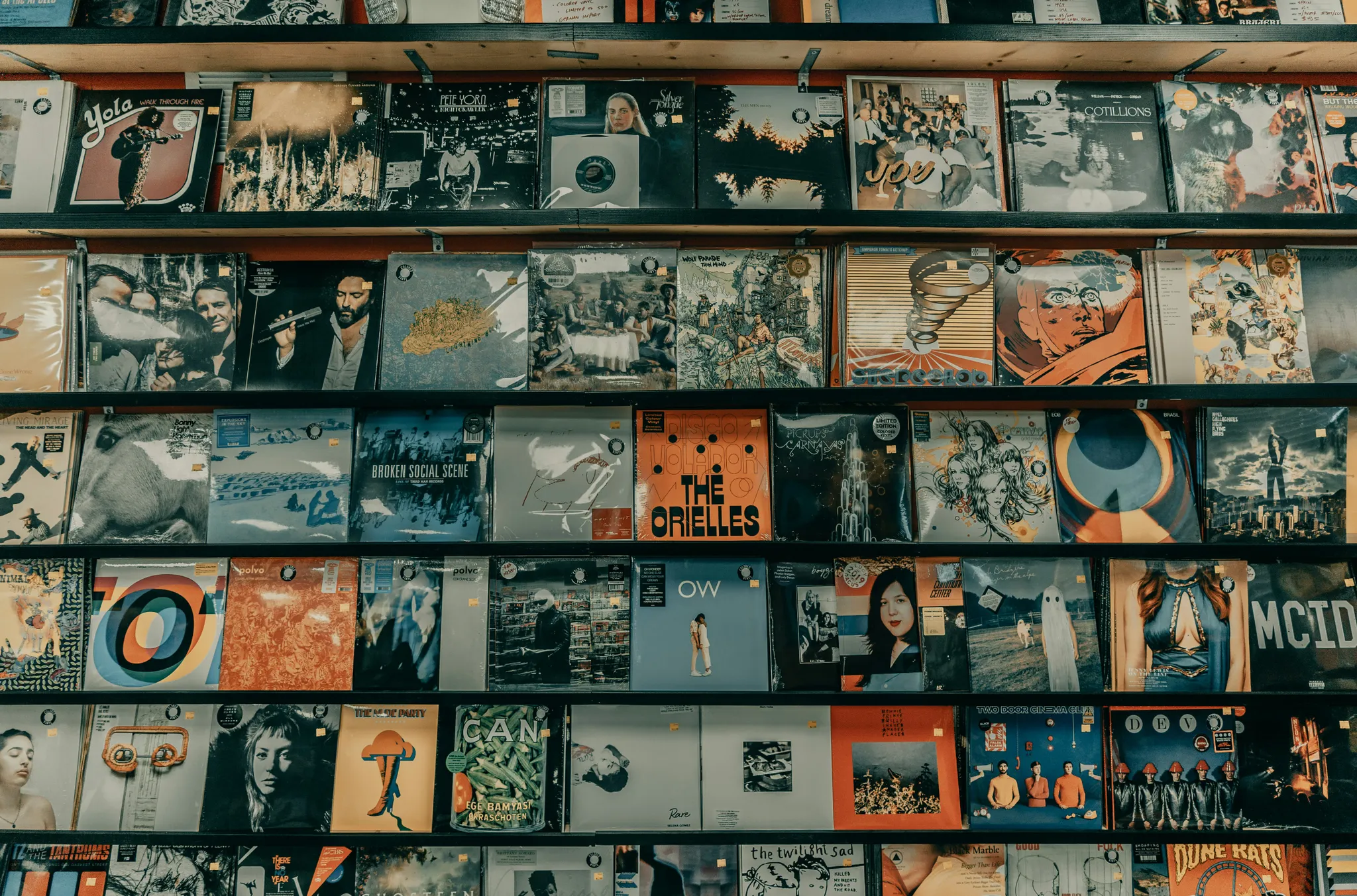
Music Marketing Best Practices for Independent Artists
Releasing great music is only half the journey. The other half is making sure people hear it. In today’s crowded streaming landscape, effective music marketing is essential for independent artists who want to grow their audience, earn revenue, and build sustainable careers.
The good news? You don’t need a major label or massive budget to market your music successfully. With the right strategies and tools, you can connect directly with fans and build momentum around every release.
Here are some proven music marketing best practices to help independent artists thrive.
🎯 1. Know Your Audience
The foundation of any strong marketing strategy is understanding who your fans are and where they spend their time.
- Look at analytics from Spotify for Artists, Apple Music for Artists, and social media platforms.
- Identify demographics (age, location, gender) and listening habits.
- Pay attention to which songs resonate most with fans.
Pro tip: Segment your audience. Fans who engage with every release should be treated differently than casual listeners who may need more encouragement.
📩 2. Build Direct-to-Fan Channels
Social media is powerful, but algorithms change and platforms come and go. The most reliable way to reach your fans is by owning your own channels:
- Email marketing: Send updates, exclusive content, and release announcements.
- SMS marketing: Perfect for instant, personal connection (high open rates).
- Fan communities: Private Discord servers, WhatsApp groups, or Patreon pages.
With these channels, you’re not dependent on third-party platforms — you control the relationship.
🎶 3. Use Pre-Saves and Landing Pages
One of the simplest and most effective marketing tools for streaming is the pre-save. Pre-saves allow fans to automatically add your upcoming release to their library the moment it drops, helping boost first-day streams and playlist potential.
Landing pages consolidate all your links (Spotify, Apple Music, Bandcamp, merch store, etc.) into one shareable hub, making it easy for fans to access everything in one place.
Platforms like Sonikit give independent artists access to customizable pre-save campaigns and landing pages designed specifically for music promotion — the same strategies labels use, but in your control.
📱 4. Leverage Social Media Strategically
Not every platform will make sense for every artist. Focus on the channels where your fans are most active:
- TikTok: Short-form video for discovery and viral potential.
- Instagram: Reels, stories, and behind-the-scenes content.
- YouTube: Music videos, live performances, and long-form storytelling.
- Facebook: Still useful for event promotion and older demographics.
Tips:
- Repurpose content across platforms (a TikTok clip can become an Instagram Reel).
- Show your personality — fans want connection, not just promotion.
- Consistency matters more than going viral once.
📢 5. Invest in Paid Advertising (Smartly)
Even a small budget can make a big difference if you use ads strategically.
- Meta Ads (Instagram/Facebook): Great for targeting specific demographics and lookalike audiences.
- TikTok Ads: Strong for music discovery with younger listeners.
- Google/YouTube Ads: Useful for video campaigns and retargeting.
Start small, test different creative assets, and double down on what works.
🎤 6. Create a Release Schedule
Don’t leave releases to chance. A structured release plan ensures you build momentum instead of relying on luck.
A typical timeline:
- 6–8 weeks before release: Announce, start teasing on socials.
- 3–4 weeks before release: Launch pre-save campaign.
- 1 week before release: Share behind-the-scenes content, countdown posts.
- Release day: Push across all channels.
- Post-release: Share milestones, remixes, live versions, and fan content.
Templates (like Sonikit’s Album Release Schedule) can help you stay organized.
📊 7. Measure, Learn, and Adjust
Successful marketing is about experimentation. Track your results and adapt.
- Monitor streaming data (playlists, listener retention, skip rates).
- Check engagement on emails, SMS, and socials.
- A/B test messaging and visuals to see what performs best.
The more you analyze, the more you’ll understand what resonates with your fans.
Final Thoughts
Music marketing doesn’t have to feel overwhelming. By focusing on direct-to-fan engagement, smart use of social media, pre-saves, and a structured release plan, independent artists can compete with — and often outperform — artists backed by labels.
At the end of the day, the goal isn’t just streams — it’s building a loyal fanbase that supports you long-term. And thanks to modern tools, that’s more achievable now than ever before.
📌 Next Steps for Independent Artists
- Start your next campaign with a pre-save landing page.
- Build your email and SMS lists to connect directly with fans.
- Download a free album release checklist to plan your rollout.
- Explore how Sonikit helps independent artists with pre-saves, landing pages, SMS marketing, and analytics.



